Lenses Buyers Guide
Next to sensors, lenses are the most critical component of any camera. Lenses take in the light in a scene and focus it onto the sensor so that an image can be recorded. While a majority of consumer cameras come with fixed lenses, professional cameras nearly always have a specific lens mount for detachable lenses. This allows you to choose the lens that suits the scene best. There’s no point using a wide angle lens when what your shooting is an intimate closeup. Not unless you really want to invade your talents personal space!

This guide will cover the different types of lenses, mounts and accessories that Scan Pro Video has to offer.
Cine vs Photo
Lenses can vary widely in price and the cost of a cine lens can put people off but why is this? Normal photography lenses are fantastic and often used in filming but there are some differences that can reflect the disparity between true cinema lenses and photography lenses.
F-stop vs. T-stop
One reason for the difference is how the light transmit through these lenses is measured. In both cases they are values set to control the aperture by opening or closing the iris. Moving up a stop, whether T or F, will double the amount of light onto the sensor, inversely closing down a stop will halve the amount of light. Photography lenses use F-stops which is a mathematical equation for the focal length divided by the diameter of the aperture. So, a lens with a focal length of 200mm at f/4 will have an aperture of 50mm.
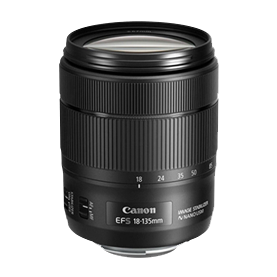
Cinema lenses use T-stops or Transmission stops, which is an accurate percentage measurement of exactly how much light is transmitted through the lens at any given stop. T-stops are a mixture or this measurement at F-stops, with the equation behind it being T= f/transmittance. So as an example, an 50mm f/1.8 lens with a light transmittance of 75% will have a T-stop of 2.4.
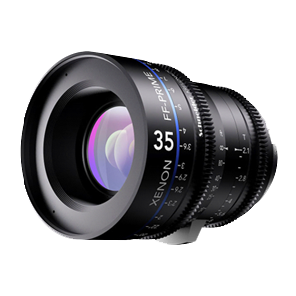
Why is this important? Well f-stops are not always an accurate representation of how much light is being transmitted through the lens. Modern lens coatings can alter the transmittance characteristics of a lens and if you were to compare multiple photography lenses from different manufacturers, all set to the same f-stop, the luminance of the recorded images can vary. In contrast, T-stops are very accurate across all high-end cine lenses. When shooting film, any changes in exposure, no matter how slight, become much more noticeable so having this accuracy across lenses makes balancing cameras much easier, especially when using a light meter.
You may hear people talk about how fast a lens is. This isn’t referring to automatic focusing or adjustments but rather it refers to how much light the lens transmits.
Build
Another key difference is the way in which the lenses themselves are built. Photography lenses tend to click between each f-stop whilst cine lenses have a free ring to gradually increase or decrease the aperture giving you greater control over the exposure of your scene.Of course, if you are in a controlled environment, the need to stop up or down becomes less critical.
Even zoom lenses differ when comparing cinema and photography lenses. Whilst photography lenses expand or contract external elements cinema lenses move internal elements to allow for better stabilisation by keeping a fixed centre of gravity.
None of this is to say that cine lenses are a “must have” as many high end photography lenses produce incredible image quality at an unbeatable price.
Focal Length
Lenses all have a focal length measurement given in millimetres (mm). This measurement defines the distance from the nodal point or optical centre of the lens, when focused at infinity, to the cameras sensor. The focal length also gives us the field of view (FOV), or how much of a scene will be visible. A lens with a short focal distance will give us a wide field of view and a lens with a long focal length will give us a very narrow field of view. This is where we get often used names for lenses like wide angle or telephoto.
Prime vs Zoom
Whilst we would all love to have the choice of a lens for every conceivable focal length this just isn’t practical. Zoom lenses adjust their focal length allowing you to widen or narrow your field of view but this flexibility comes with some trade-offs. Zoom lenses tens to have a lower maximum aperture, meaning that less light will transmit through the lens.
The opposite of a zoom lens is what is known as a prime lens. These lenses have a fixed focal length making them less flexible that a zoom lens but it does allow them to have a larger maximum aperture. Some prime lenses even go down to f/0.95. Not only does this make lighting a scene easier, having a large aperture allows you to have a shallower depth of field for any shots where you may want a softer background.
Another benefit of prime lenses is they tend to be smaller and more lightweight. This makes hand held or gimbal work a less daunting task!
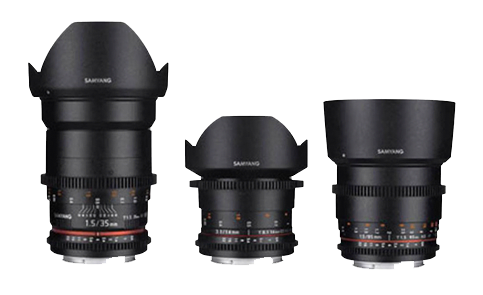
Right lens for the job
Focal length and Field of view are great buzz words but what do they mean practically?
Lenses with a wide field of view are great for shooting landscapes. Being able to capture as much of the scene is key for those cinematic shots.
Lenses with a narrow field of view are the go to when you want to be up close and in the middle of the action. By being able to focus on key elements within a scene and not having too much unnecessary detail help draw the audiences focus into the narrative.
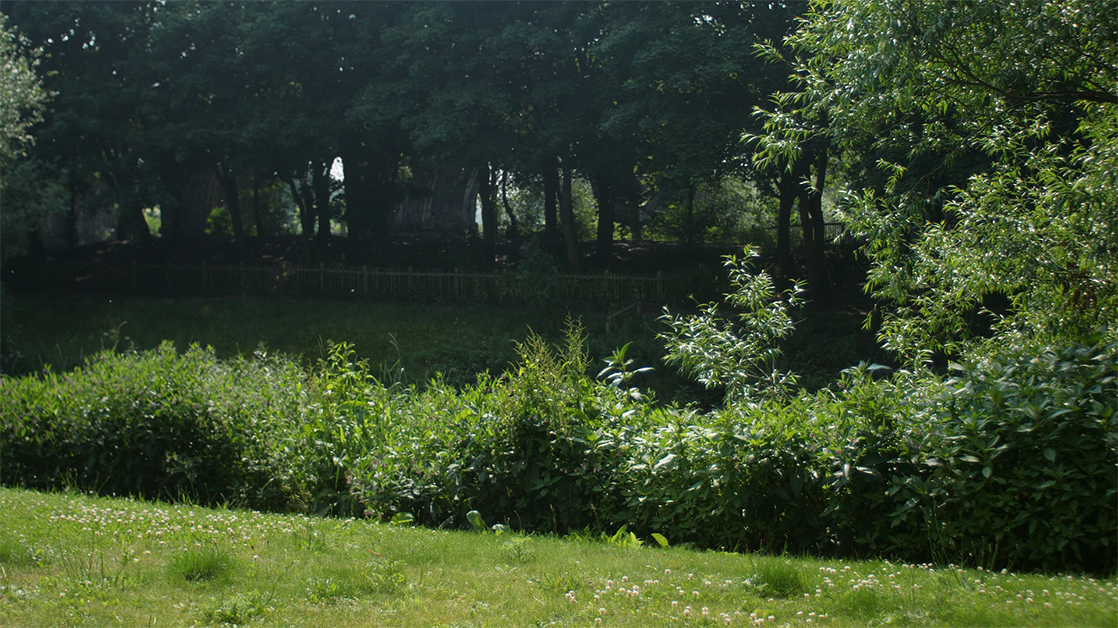
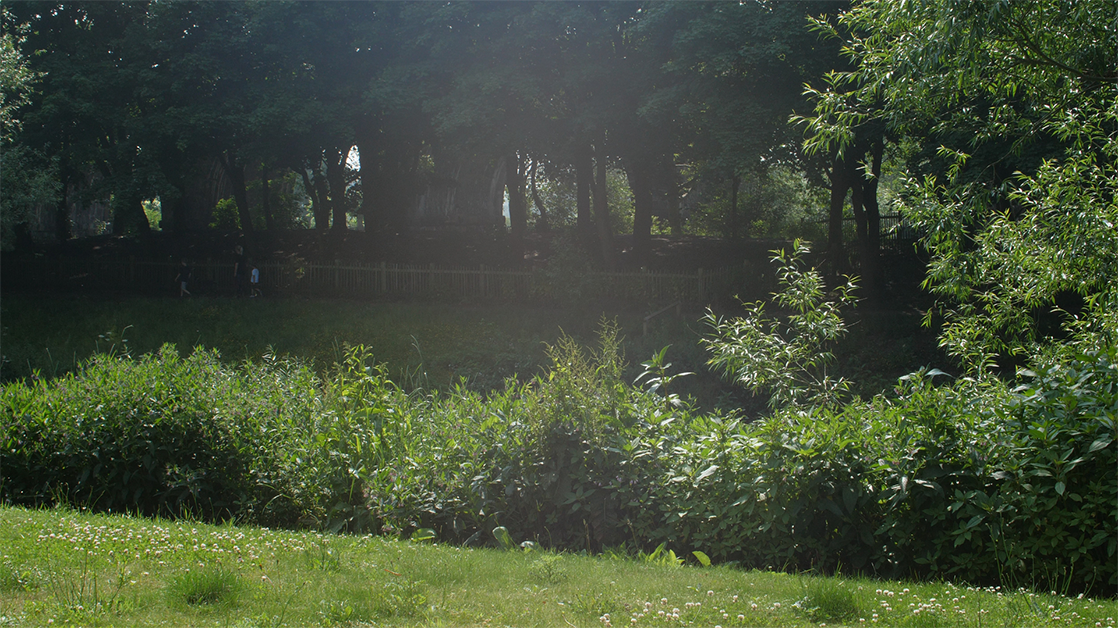
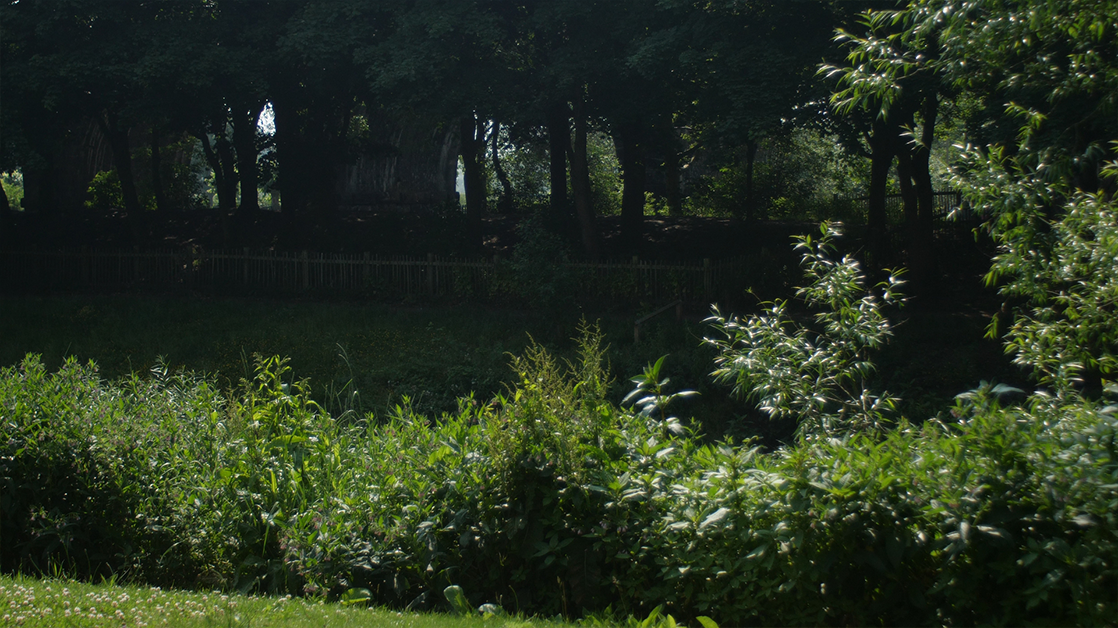
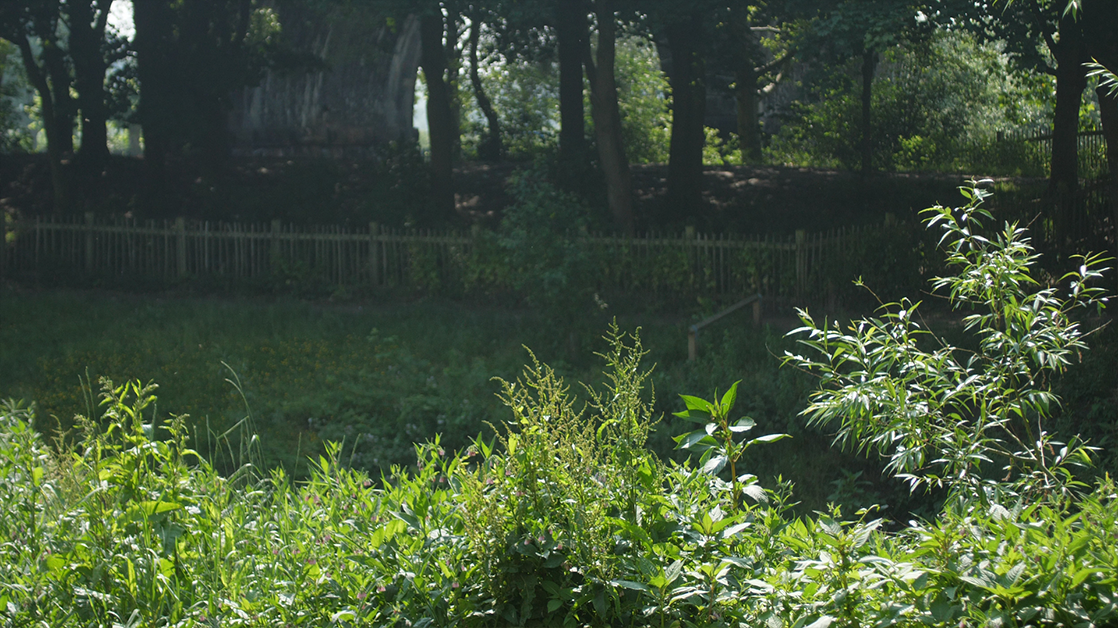
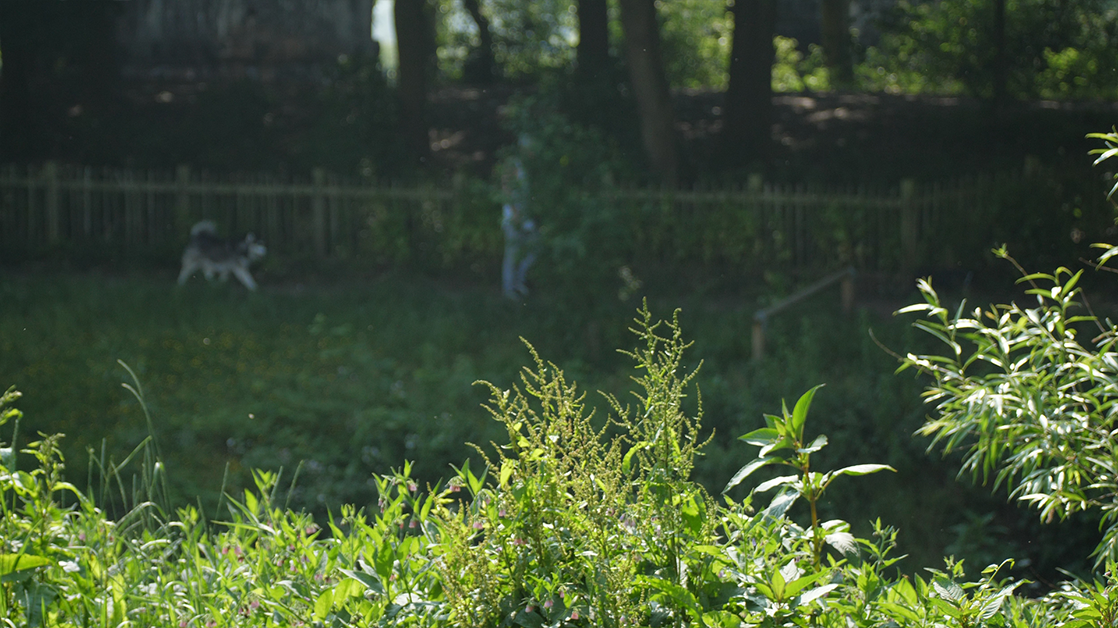
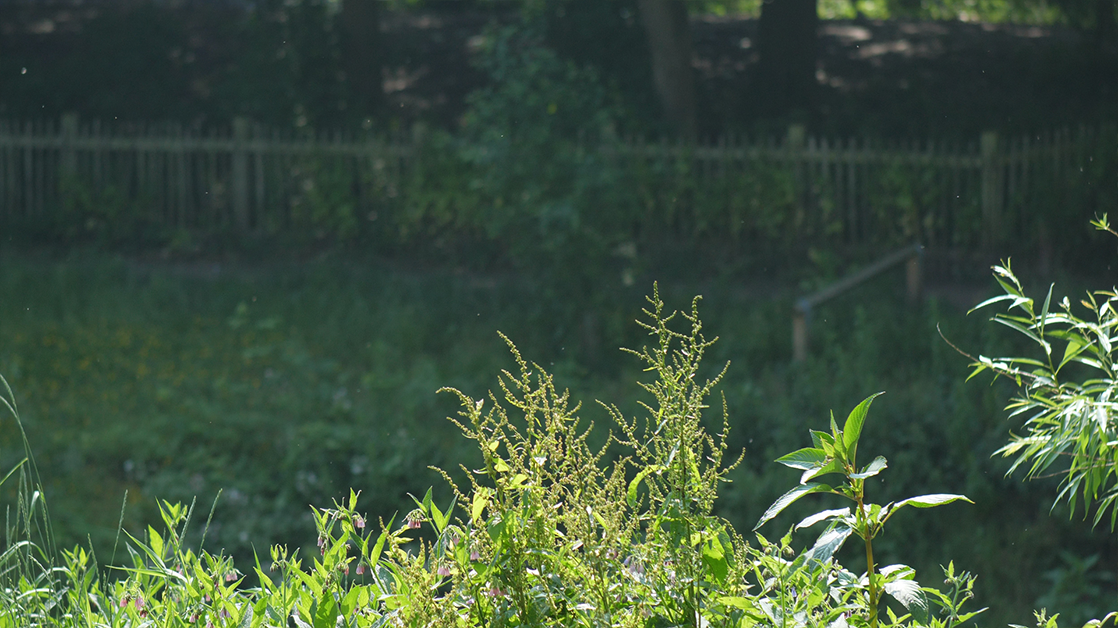
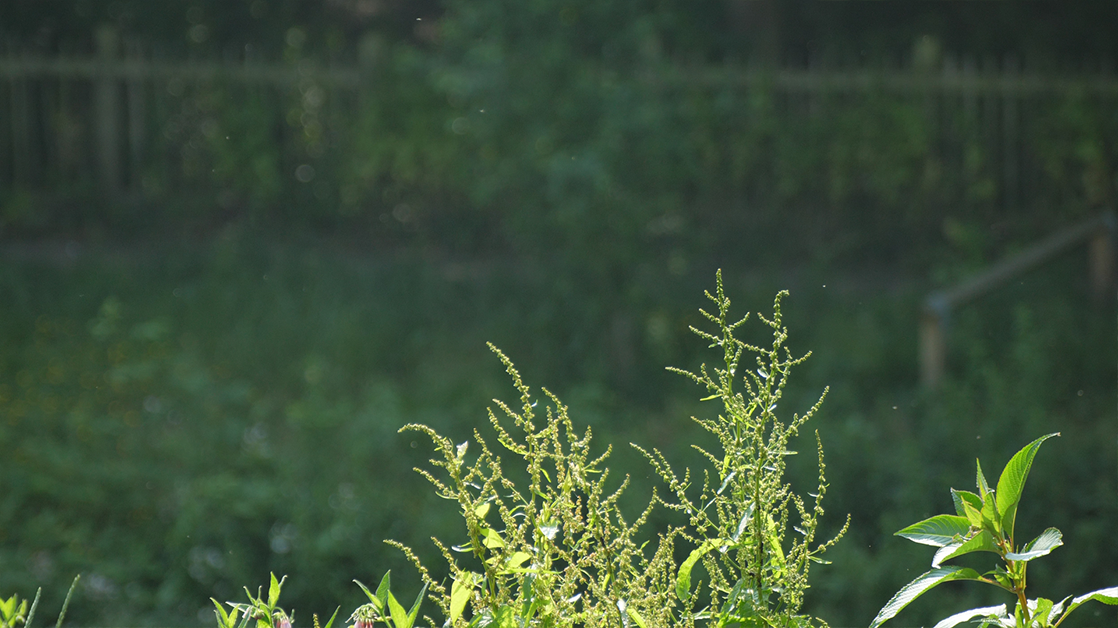
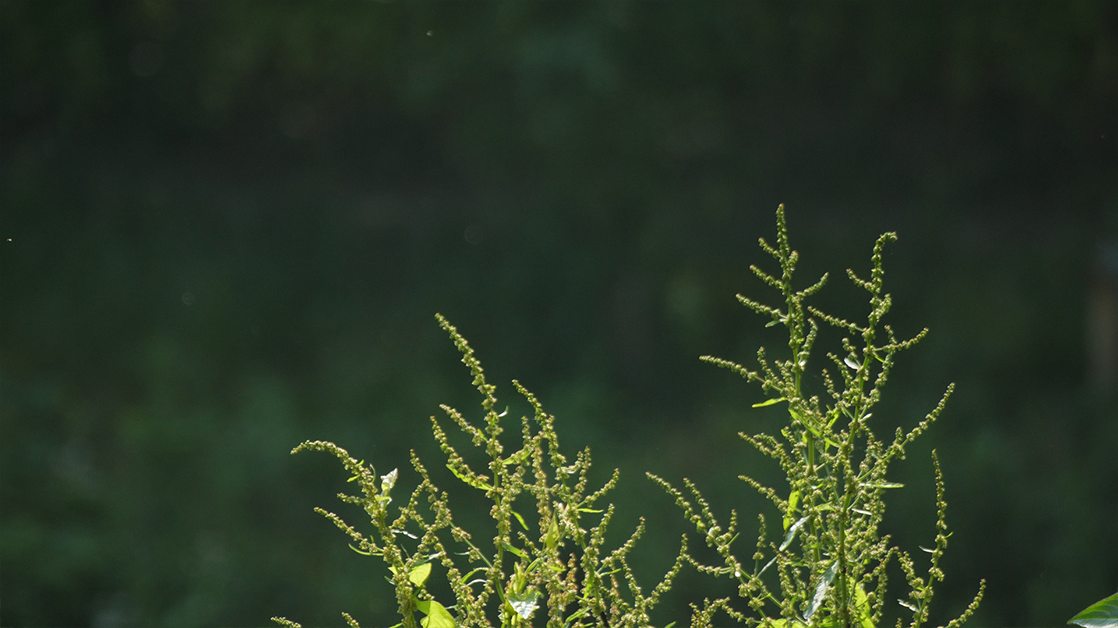
Lens mounts
In an ideal world you could pick up any lens and connect it to your camera but life isn’t always that easy! Lens manufacturers each tend to have a specific lens mount that the feel is best for their product. Camera manufacturers then adopt one of these standards to be compatible with that type of lens. As such it’s important to know what lens mount your camera has!
Lens mount adapters
In some cases there may be a lens where you really like the image it produces or that it has a certain characteristic that you just draws you to it. If only it shared the same lens mount as your camera! Luckily, in the majority of cases it is possible to adapt a lens to fit onto a different mount. Lens mount adapters come in a variety of shapes and sizes but their core function is to adapt a lens to fit onto a different mount.
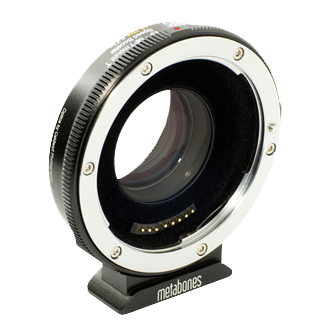
Some lens mount adapters may also be referred to as speed boosters. These adapters include an optical element which reduces the focal length of the lens thus reducing the f-number of the lens. These devices are great for capturing darker scenes but do reduce the distance at which you can focus.
One key thing to note is that lens mount adapters can adapt from a mount standard that has a shorter flange focal distance to a larger one but don’t do the opposite. The flange focal distance refers to the distance between the mounting ring of the camera and the sensor. As going from a short flange focal distance to a longer one entails adding distance between the rear element of the lens and the sensor this is easily done. To reduce the flange focal distance you would need to recess the lens further into the camera body. As an example the EF mount standard has a flange focal distance of 44mm and the ARRI PL standard uses 52mm. As such it is possible to mount a PL lens on an EF camera but not vice versa.
Filters
Professional lenses and matteboxes allow you to place filters in front of your lens. There are a myriad of possible filters and each performs a different function. Below we have covered the most common filters you are likely to come across when shooting:
ND Filters
Neutral Density or ND filters are designed to give you better exposure by reducing light transmission. If you think about shooting outdoors, your main light source will more than likely be the sun (Unless you are shooting at night obviously!). As we don’t have control over how bright our light source is and our lens may only have a specific range of stops we can close down, so adding an ND filter helps us to better expose for the scene.
Neutral density filters are designed and made to ensure that they do not produce any cast or shift in colour.
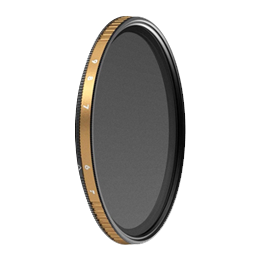
Another reason to use an ND filter is to keep a shallow depth of field. When we stop down a lens we not only recue the amount of light hitting the sensor but we also increase the depth of field, bringing more elements of the scene into focus. If we have an overexposed scene but we still want to keep our lens wide open for the shallow depth of field, adding a ND filter is the best solution.
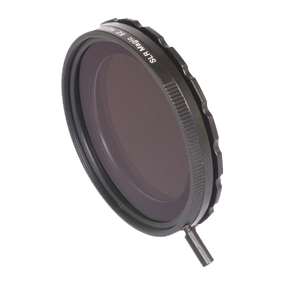
You can also get variable ND filters that can increase or decrease the strength of the filter.
Polarising Filters
Polarising filters are tinted like ND filters, however this is not specifically to reduce light transmission. Instead these filters are designed to stop certain polarised light from entering the lens. This can reduce reflections on shiny surfaces like water or metal. This lets you capture more colour and detail on the surface that you are currently shooting.
An interesting effect of polarised filters is that they absorb perpendicular incident light waves which results in more contrast and saturation within the capture image.
Polarised filters are fitted to the front of the lens using a screw thread. As such it is important to ensure that your lens has the correct thread for any filters you may wish to attach. They can also be rotated on the lens to increase or reduce the transmission of polarised light.
UV and IR Filters
UV filters are largely more important for cameras that capture to film as film is highly sensitive to UV light. Without a filter, UV light can leadto a blue haze across your film. However modern digital cameras are not very sensitive to UV light and a such the need for UV lenses has begun to fade.
Whilst UV filters may not play a large part in modern digital imaging they do make it more likely to cause lens flares which can be an artistic choice when defining the look of a scene.
On the opposite side of the spectrum there are also IR filters which aim to reduce infrared pollution of your image. This is more prominent in digital cameras that UV pollution and can lead to more prominent red and browns.
Alongside this, filters also help to protect the lens from any dirt or dust as the block the front element from interacting with your environment. If you are shooting in a location that has large amounts of dust, dirt or even sand you may want to consider a filter to help keep your lens nice and clean.
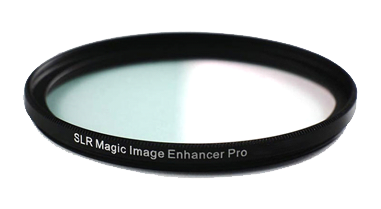
Accessories
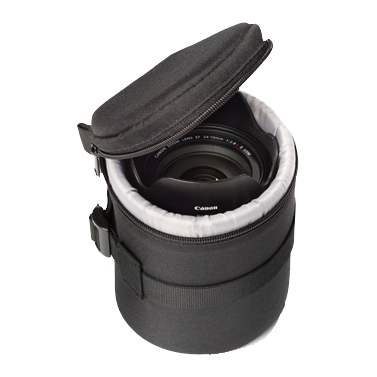
Scan stocks a large array of accessories for lenses including products designed for lens protection, cleaning and storage. With lenses often costing more than the camera, protecting them is critical!
There are also mattboxes which can be used to reduce the amount of angled light that may cause lens flares or make switching between filters far easier.
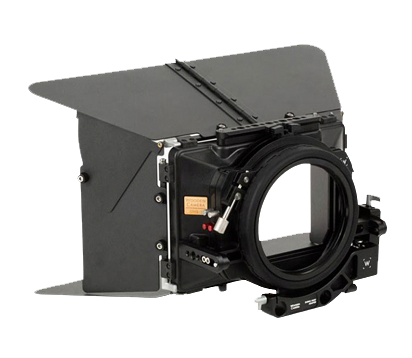
Follow focus products can even be added to give you far smoother control when racking through focus. These allow operators to pull focus much more steadily and some even feature hard stops for when you need to set a specific range of focus.
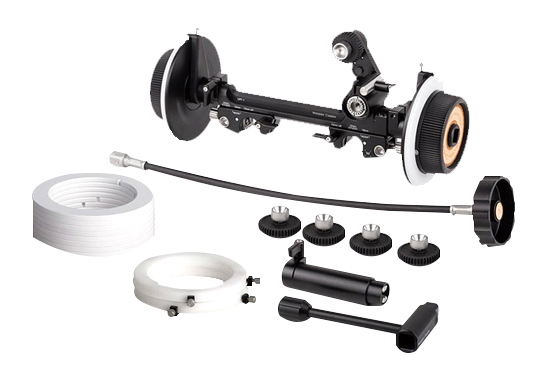
The best lenses
There you have it, everything you need to know when choosing a lens. We hope you've found this buyers guide helpful. Don't hesitate to contact one of our friendly advisors for more advice if you still have questions on how to select the perfect lens. If you’re all set to go we recommend checking out the lenses from these top brands.
VIEW RANGE